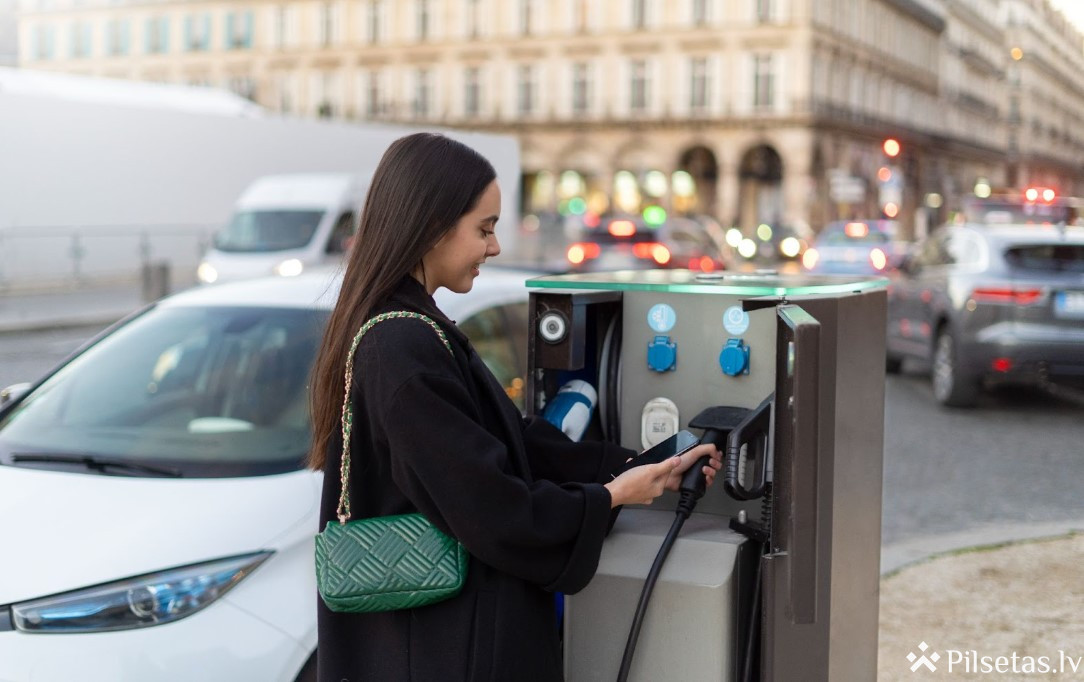Charging Station Network in Latvia: How Far Are We from the Ideal?
More and more people in Latvia are opting for environmentally friendly vehicles – electric cars. At the same time, a justified question arises: can the infrastructure keep up with the demand? Although progress is evident, electric car charging stations in Latvia have not yet achieved ideal coverage. In this article, we will explore how far we are from an ideal network, what the existing problems are, and where positive growth trends can be seen.
Current Situation: Growing Demand, Uneven Supply
In recent years, the number of registered electric cars in Latvia has increased rapidly. As this number grows, so does the need for quality, accessible, and fast charging infrastructure. In larger cities, the range of charging options is becoming wider, but many regions, especially rural areas, still suffer from limited availability.
The charging station network is currently concentrated mainly around Riga, the suburbs, and the main national highways. This means that while intercity travel is becoming possible, traveling to more remote regions still requires careful route planning. Additionally, the load on stations presents challenges – at the most in-demand locations, queues often form, or longer waiting times are necessary.
What Does an “Ideal” Charging Station Network Mean?
An ideal charging infrastructure means not only a sufficient number of stations but also their strategic placement, availability of different types of charging, and reliable operation. Particularly important aspects include:
Even coverage throughout the country, including less populated areas;
A combination of fast and slow charging stations to meet different needs;
Real-time information on station availability and technical status;
Availability 24/7 and reliable service;
Competitive and understandable pricing.
One of the most crucial aspects of infrastructure development is a reliable long-term plan that ensures the gradual expansion of the network according to market needs.
Positive Changes and Future Potential
Although there is still much to be done, it is positive that the development of the charging station network in Latvia is underway. For instance, Ignitis ON is one of the operators actively expanding its network of charging points, offering modern stations outside the capital city as well. Such projects help expand charging opportunities and reduce regional disparities.
A significant future task will be to ensure a greater number of fast charging points along all main road routes, as well as increase availability in residential areas and near apartment buildings. Efforts should also focus on user convenience – simplified authentication systems, mobile apps with accurate data, and flexible payment solutions would significantly improve the user experience.
Conclusions
While electric car charging stations in Latvia are developing, there is still a long way to go to an ideal network. Ensuring more even coverage, a greater number of fast charging points, and easier access will be the main factors that determine how easily electric cars become a daily choice for a broader society. With participants like Ignitis ON investing in future infrastructure, the direction is right – we just need to accelerate the pace.










